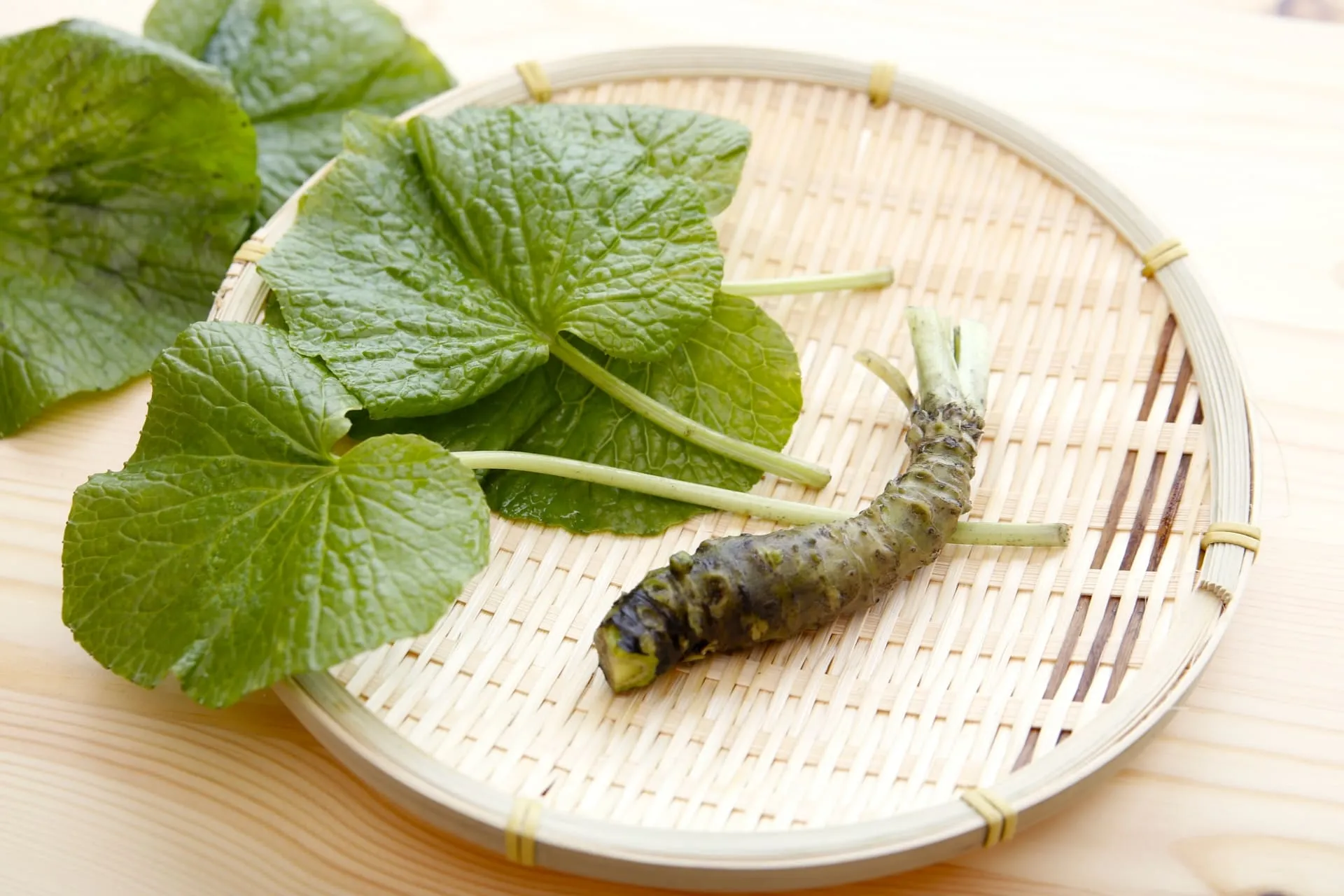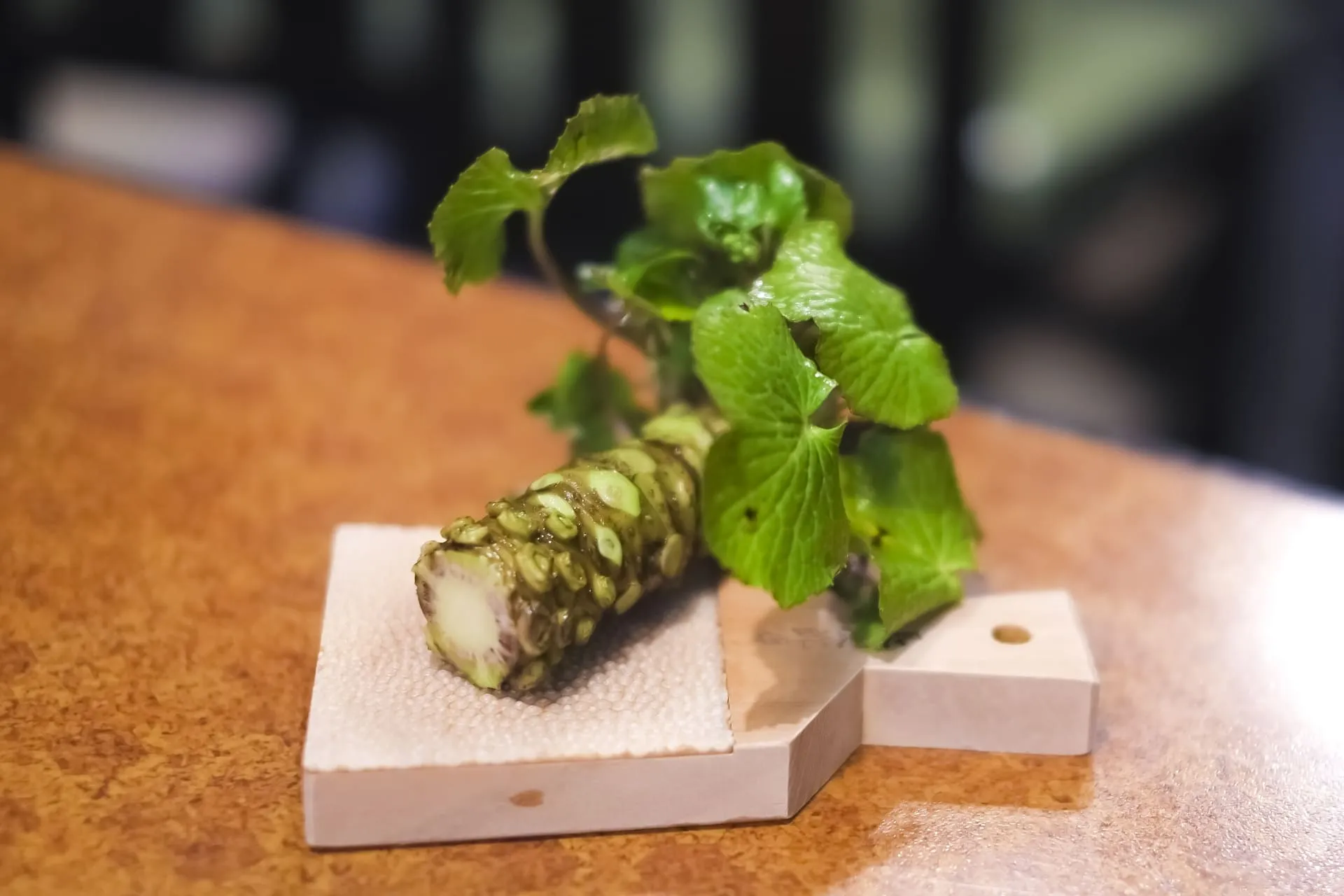For many people, wasabi seems inseparable from sushi. But have you ever wondered why it is there? Let's take a closer look at this unique Japanese condiment.
What Exactly Is Wasabi?
Wasabi has been used in Japan for centuries. Records from the Heian period (8th - 12th century) describe its use as a medicinal herb. By the Edo period, it had become a standard accompaniment for sushi and sashimi.
Nutritional Benefits
 Fresh wasabi is more than just a flavor booster - it contains:
Fresh wasabi is more than just a flavor booster - it contains:- Vitamin C – supports the immune system and helps protect against aging
- Potassium – helps regulate blood pressure
- Calcium – important for strong bones and teeth
- Iron – essential for healthy blood
Health Effects of Wasabi
- Stimulates appetite by activating digestion
- Kills bacteria helping prevent food poisoning
- Reduces inflammation easing conditions like arthritis or sinus issues
- Supports immunity and cold prevention
- Promotes healthy skin through antioxidant effects
Types of Wasabi
 There are two main kinds of wasabi you'll encounter:
There are two main kinds of wasabi you'll encounter:Hon-wasabi (true wasabi):
freshly grated from the plant's rhizome, with a refined aroma and a short-lived, clean spiciness. It is considered a luxury ingredient.Prepared wasabi (neri-wasabi):
made from a blend of horseradish, starch, and sometimes a small amount of true wasabi. It is less intense, inexpensive, and widely available in tubes worldwide.Why Sushi Needs Wasabi
1To neutralize fishy odors
The compounds in wasabi suppress the smell of raw fish proteins.2To balance flavor
Its sharp, refreshing spiciness cuts through the richness of fatty fish, leaving a clean finish.3For natural food safety
Wasabi's antibacterial properties help prevent foodborne illness, an important benefit in the days before refrigeration.

